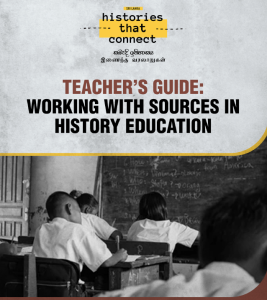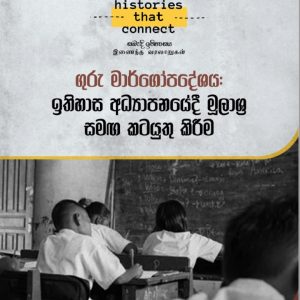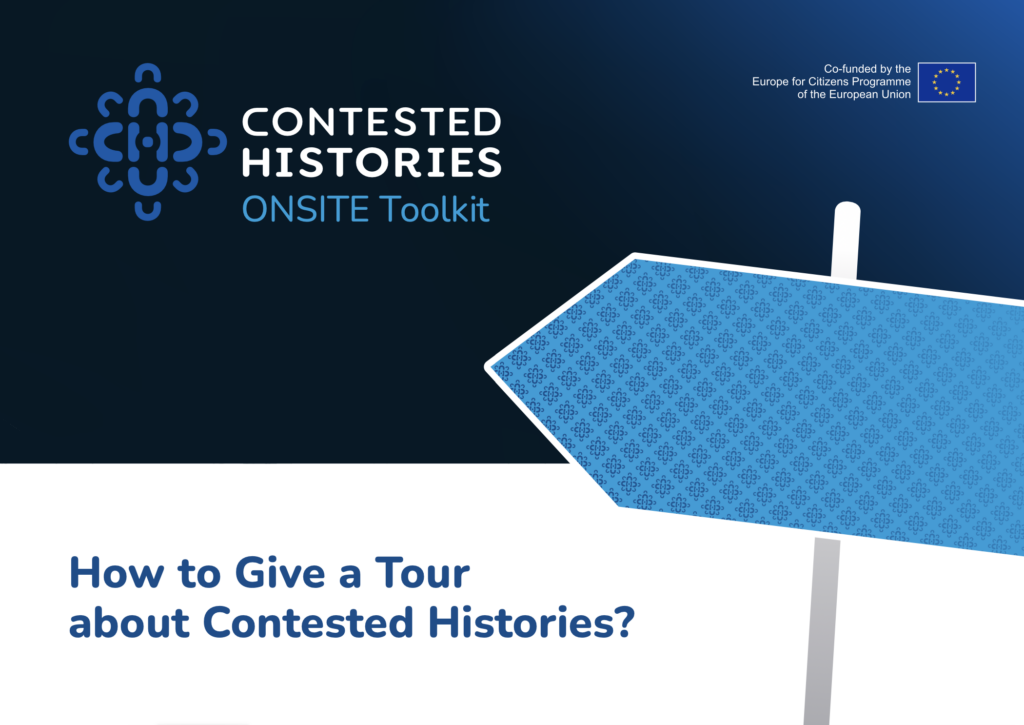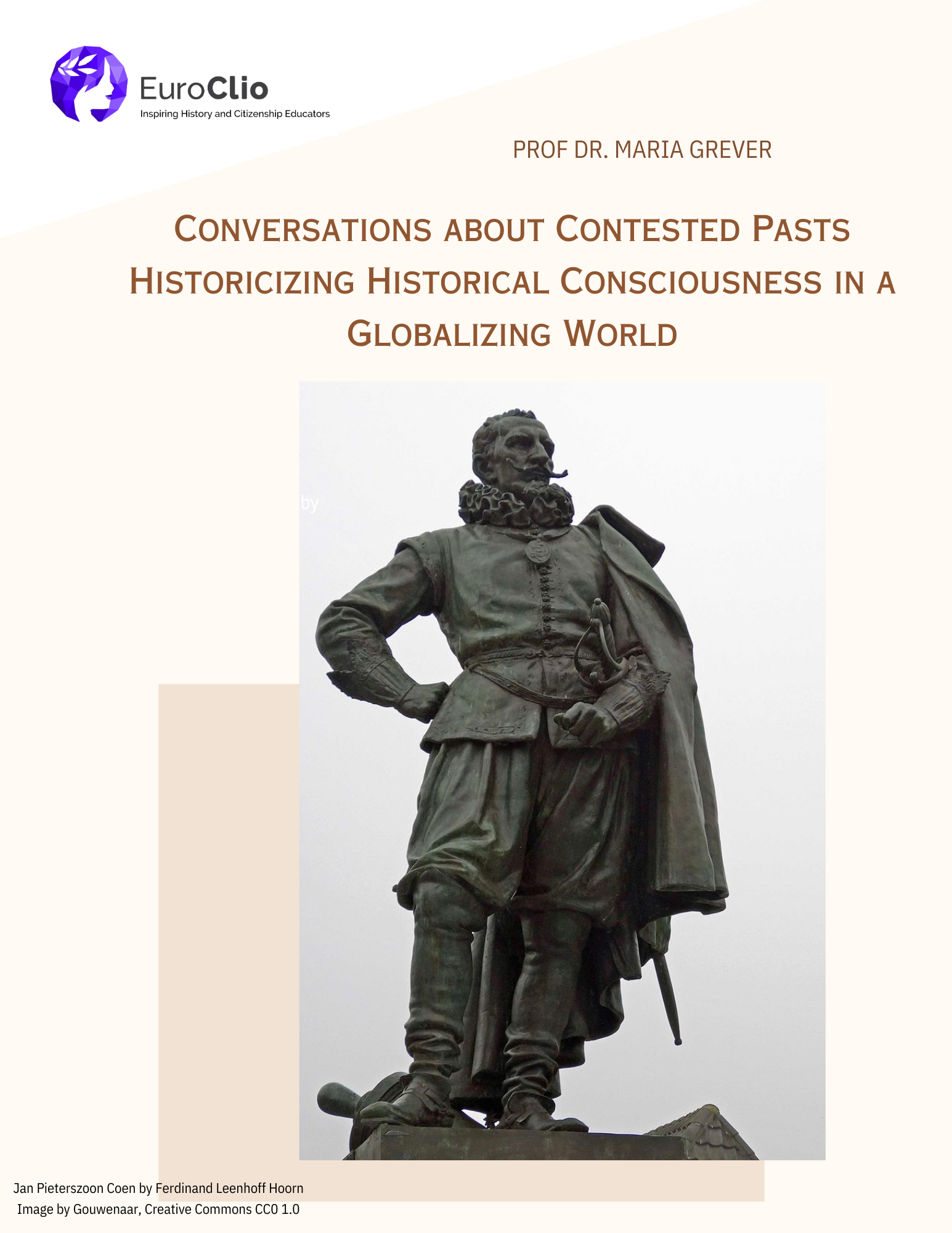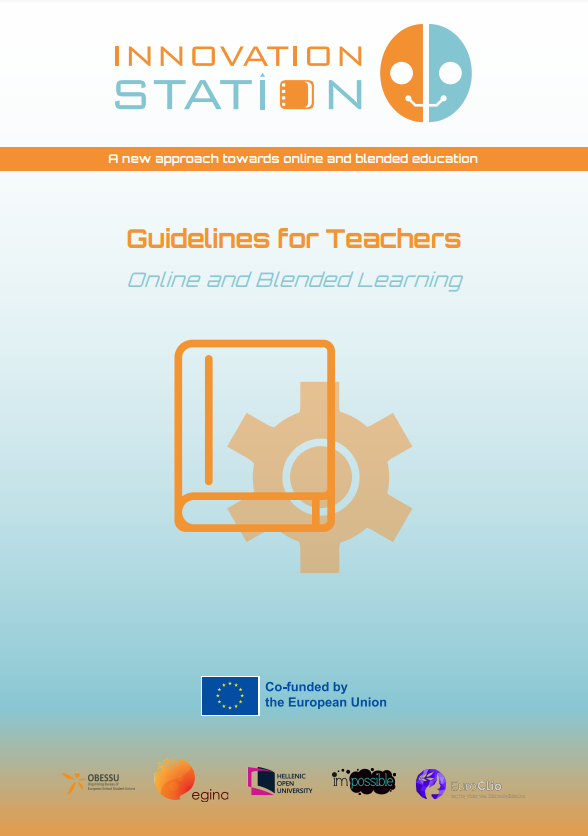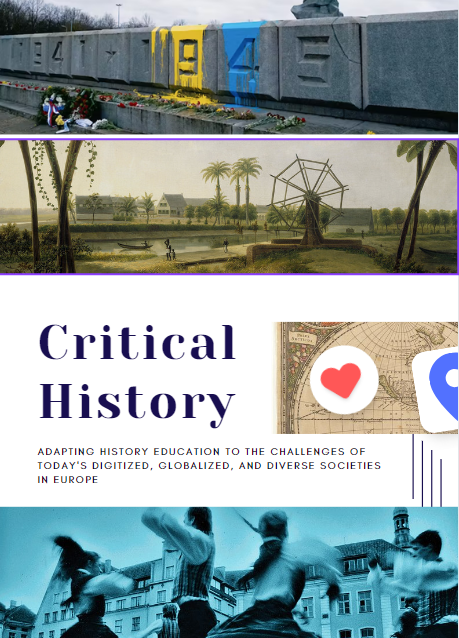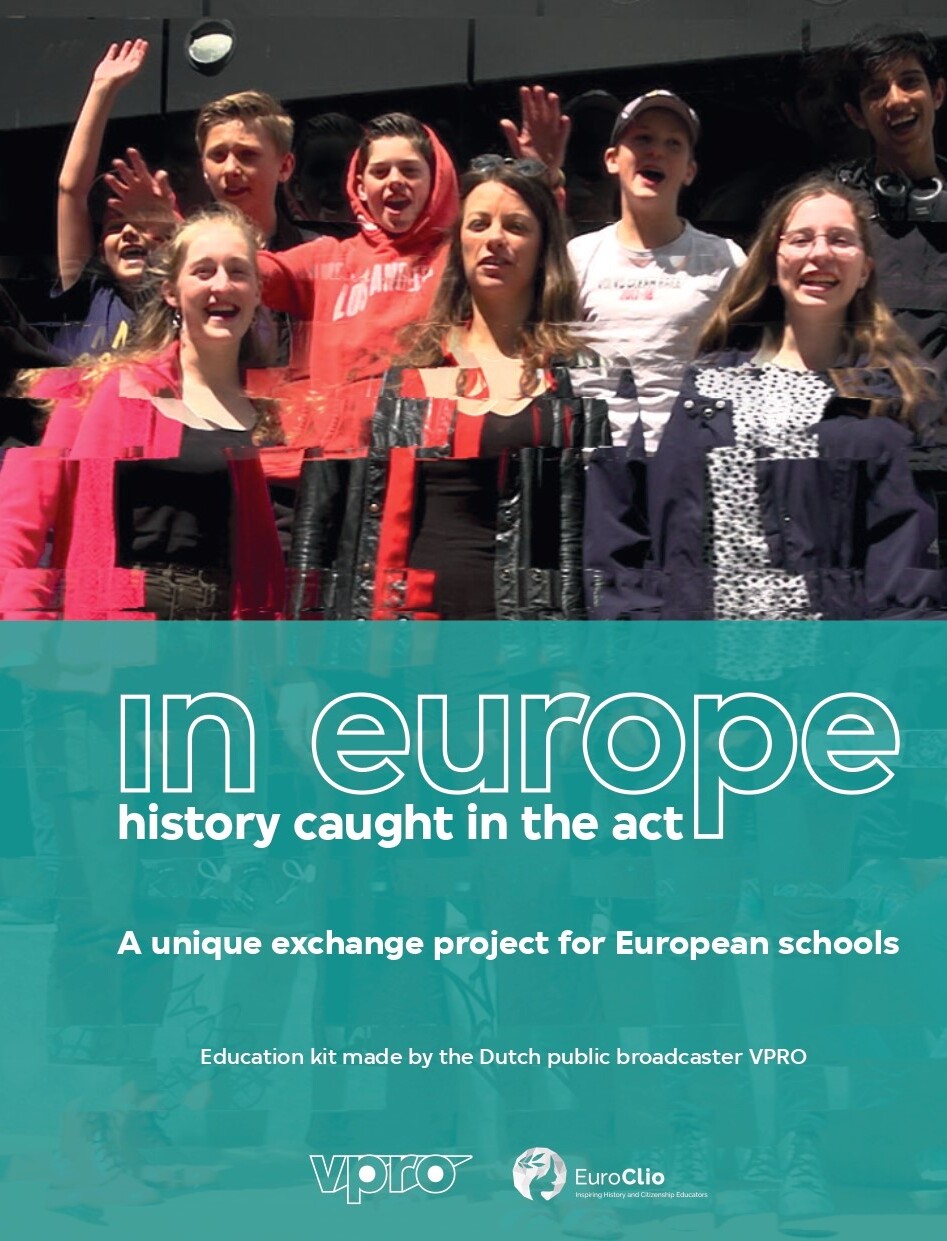This teaching strategy has been authored by Elise Storck, Hiranyada Dewasiri, M. Samantha Niroshana Peiris, Susanne Popp and Dennis Röder with input from Gijs van Gaans and Andreas Holtberget in the framework of the pilot initiative ‘Histories that Connect – Sri Lanka‘, supported by Strengthening Reconciliation Processes in Sri Lanka (SRP). SRP is co-financed by the European Union and the German Federal Foreign Office, and implemented by the Deutsche Gesellschaft für Internationale Zusammenarbeit (GIZ) GmbH and the British Council.
The teacher’s guide features an introduction highlighting the different approaches to history education and its use of sources in the classroom, along with concrete examples of how to use visual sources, stamps and songs. It includes pointers on the challenges and limitations for students as well as the preparation needed for teachers. The document has been produced for use in Sri Lankan educational system, but is transferable to most other contexts and curricula.
The guide is available in the English and Sinhala languages – with a version in Tamil currently being made.

